What’s New in vCloud Suite 5.5: vCloud Networking & Security
VMware has announced its latest update to version 5.5 of its global virtualisation powerhouse, vCloud Suite.
To read the updates for all the suite components, see my post: What’s New in vCloud Suite 5.5: Introduction
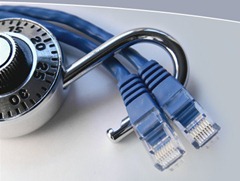 vCloud Networking and Security has been updated with two networking enhancements, LACP and flow based marking & filtering.
vCloud Networking and Security has been updated with two networking enhancements, LACP and flow based marking & filtering.
Link Aggregation Control Protocol (LACP) is used to bond your physical network uplinks together to increase bandwidth, have better load balancing and improve link level redundancy. vSphere5.1 supported a simplified version of LACP with support for only a single Link Aggregation Group (LAG) per host and not much choice of load balancing algorithms.
LACP in 5.5 gives you over 22 load balancing algorithms and you are now able to create 32 LAGs per host so you can bond together all those physical Nics.
Flow based marking and filtering provides granular traffic marking and filtering capabilities from a simple UI integrated with VDS UI. You can provide stateless filtering to secure or control VM or Hypervisor traffic. Any traffic that requires specific QoS treatment on physical networks can now be granularly marked with COS and DSCP marking at the vNIC or Port group level.
Manageability has been enhanced in the vSphere Web Client with an object-policy based model.
Firewall Rule management has been made easier. You can now reuse vCenter objects in firewall rule creation and there is an option to create VM vNIC level rules with full visibility into the virtual network traffic via Flow Monitoring.
Upgrades
To upgrade vShield, you must first upgrade vShield Manager and then upgrade the other components in this order:
- vShield Manager
- vCenter Server
- Other vShield components managed by vShield Manager
- ESXi hosts
You can upgrade just vShield to 5.5 if you want and still run vCenter Server 5.1 and ESXi 5.0/5.1 hosts.




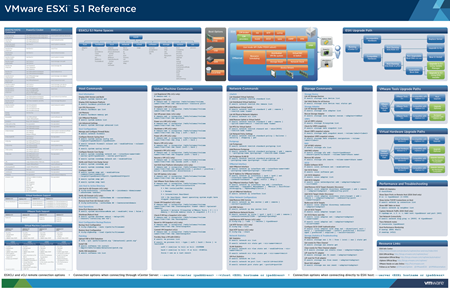
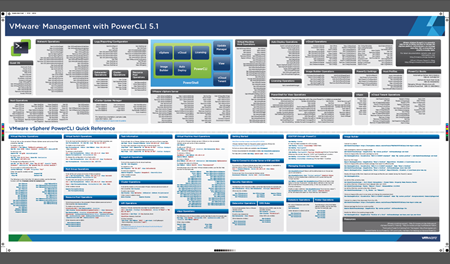
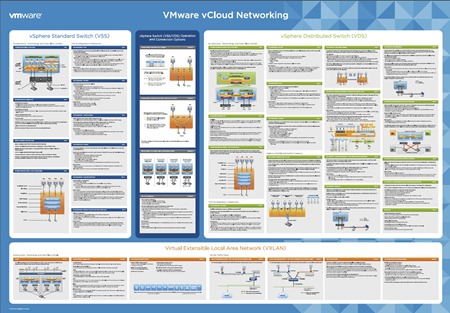
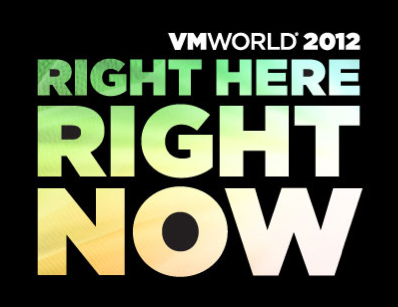


Recent Comments